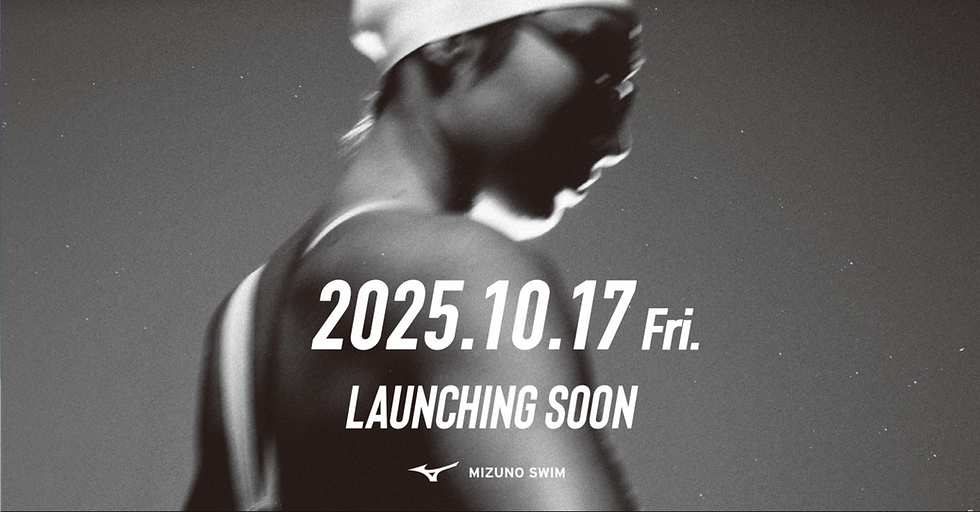Breaking the Surface: How Block Positioning Can Make or Break Your Dive
- Hussein Elzaafarany
- May 4, 2023
- 2 min read
by Hussein Elzaafarany

Caeleb Dressel, Ranomi Kromowidjojo and Ben Proud. What do they have in common? Yes, they are swimmers, but more than that they’re some of the best sprinters in the world. Their main races range between 18 and 52 seconds; quicker than you can say Kromowidjojo. Looking at such short sprints, it’s safe to say that everything counts; starts, underwaters, breakout, turns, stroke. All of it. What if you found out that you could make your first 15m 0.15 secs quicker just by changing the position of the wedge on your block: something that Cavic wishes he would have had in the 2008 Olympics 100 fly final where he lost to Phelps by 0.01 coming 2nd and missing out on the Olympic gold.

Due to the sport’s competitive nature and its high skill cap, improvement has shifted away from new techniques or technologies and has gone back to the small changes that accumulate to make a big impact; dives being one of them. Through the analysis of a study carried out by Hussein Elzaafarany, it was found that when full grown males moved the wedges back to position 5 and allowed the angle of their back knee to increase to between 90 and 100 degrees, that their horizontal speed off the block was up to 0.1m/s quicker, and their peak force was up to 11.6% higher. Another study showed that swimmers crossed the 15m mark 0.15 secs quicker when they placed the wedge in their preferred position, even though their reaction times were about 6% slower. This went back to muscle memory, which is the brain’s adaptation to make movements more efficient when they are repeated over time.
This goes to show that there is a statistical relationship between the position of the wedge and the distance travelled off the block. Despite this being an under-researched topic, these findings allow swimmers to benefit from marginal gains and improve their performance. Diving blocks have progressed immensely over the years, starting with flat blocks in the early 1900s to the high-tech Omega OSB-11s we have now, as it’s a crucial component of swimming. It’s no coincidence that top athletes still train to master their dives, as this enables them to assert an advantage over their competition. Unfortunately for some, having everything but a good dive could still mean missing out on one of the sport’s most prestigious medals, the World Championship gold, as it did for Chad Le Clos. In the 2017 Budapest World Championships, the South African was expected to challenge Caeleb Dressel for the gold in the 100-butterfly final, but due to a mistake in his dive, Le Clos entered the water at a bad angle and lost much of his momentum, consequently not only losing the gold medal to Dressel, but also finishing off the podium in 6th.
Please find the full study in the document below....
Please check out my t-shirts and caps if you want to support TheSwimsuitGuy in anyway!
For great examples of dives check out some of my Energy Standard Vlog on YouTube



What about diving off of blocks without a wedge?